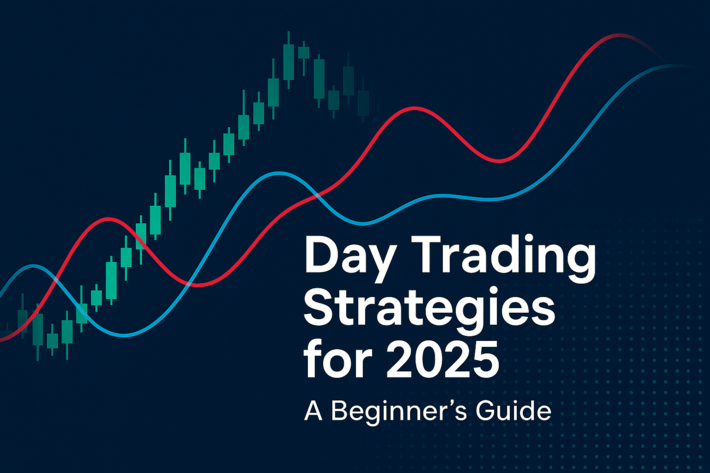Voided Check: How and When To Use One
A voided check is simply a check that has the word VOID handwritten or printed on it. When a check has the word VOID printed across it, it’s rendered unfit for any transactions. Instead, it’s only useful for supplying your account details. This is the reason banks will request a void check rather than a blank one, i.e., to make sure it can’t be used.
Reasons for Voiding a Check
- Errors - One of the main reasons people void checks is because there’s an error, such as an incorrect date or the wrong amount.
- Deposits from your employer - If you have a new job, you’ll need to provide your employer with a void check. This assists them in establishing your payments.
- Automatic bill payments - A voided check is required when you set up automatic bill payments with your bank. Banks don’t want you to provide them with a blank check, as someone could write on this and maliciously try to take money from your account. Instead, with a voided check, everyone is protected.
These are the three main reasons you may need to provide a voided check, although there can be other scenarios where this would be required.
Voiding a Check for Direct Deposits
A direct deposit is a way that government institutions, employers, and other agencies pay their workers electronically, using your bank account details. It’s a cost-effective and straightforward approach, which only requires your routing number and bank account number. Because of this, you’ll need to hand over a voided check to supply this information.
Some of the payments that qualify for a direct deposit include unemployment checks, retirement funds and other benefits from government agencies such as pensions, and also paychecks from your employer. Other examples include profits from annuities, mutual funds, deposit certificates, and income from any investments.
How To Void a Check
It’s easy to void a check, especially if you have a checkbook. All you need to do is draw out a check, grab a pen, and write the word VOID across it. When doing this, make sure that the writing covers all of the blank space in the check yet don’t cover the account details. Use a pen or marker that is bold and dark enough so that the writing is visible. No one should be able to erase the wording on a properly voided check.
Nevertheless, if you don’t have a check, you can head to your local bank branch and ask them to provide you with a check. The bank teller should be able to print a check for you, which will have your account information on it. You’ll then be able to grab a pen and void the check in the exact manner we’ve described above.
To make sure that your account remains safe and protected, we don’t advise you to sign your voided check. Moreover, if for any reason you’re required to sign the void check via email, make sure you send it as an encrypted PDF so that hackers can’t get access to it.
Alternatives to Voided Checks
When it comes to approving automatic payments or direct deposits, voided checks do provide you with the easiest approach. Nevertheless, if you don’t want to void a check or you don’t have a checkbook, there are typically other options available.
For instance, you may want to use a direct deposit authorization form. Make sure you don’t make any errors when entering your account number and bank routing number in this manner.
If you have a photocopy of a deposit slip or a cleared check for your account, you may also be able to use this for processing your request.
Another option is to use a deposit slip that already has your bank account information printed on it.
Albert Einstein is said to have identified compound interest as mankind’s greatest invention. That story’s probably apocryphal, but it conveys a deep truth about the power of fiscal policy to change the world along with our daily lives. Civilization became possible only when Sumerians of the Bronze Age invented money. Today, economic issues influence every aspect of daily life. My job at Fortunly is an opportunity to analyze government policies and banking practices, sharing the results of my research in articles that can help you make better, smarter decisions for yourself and your family.





